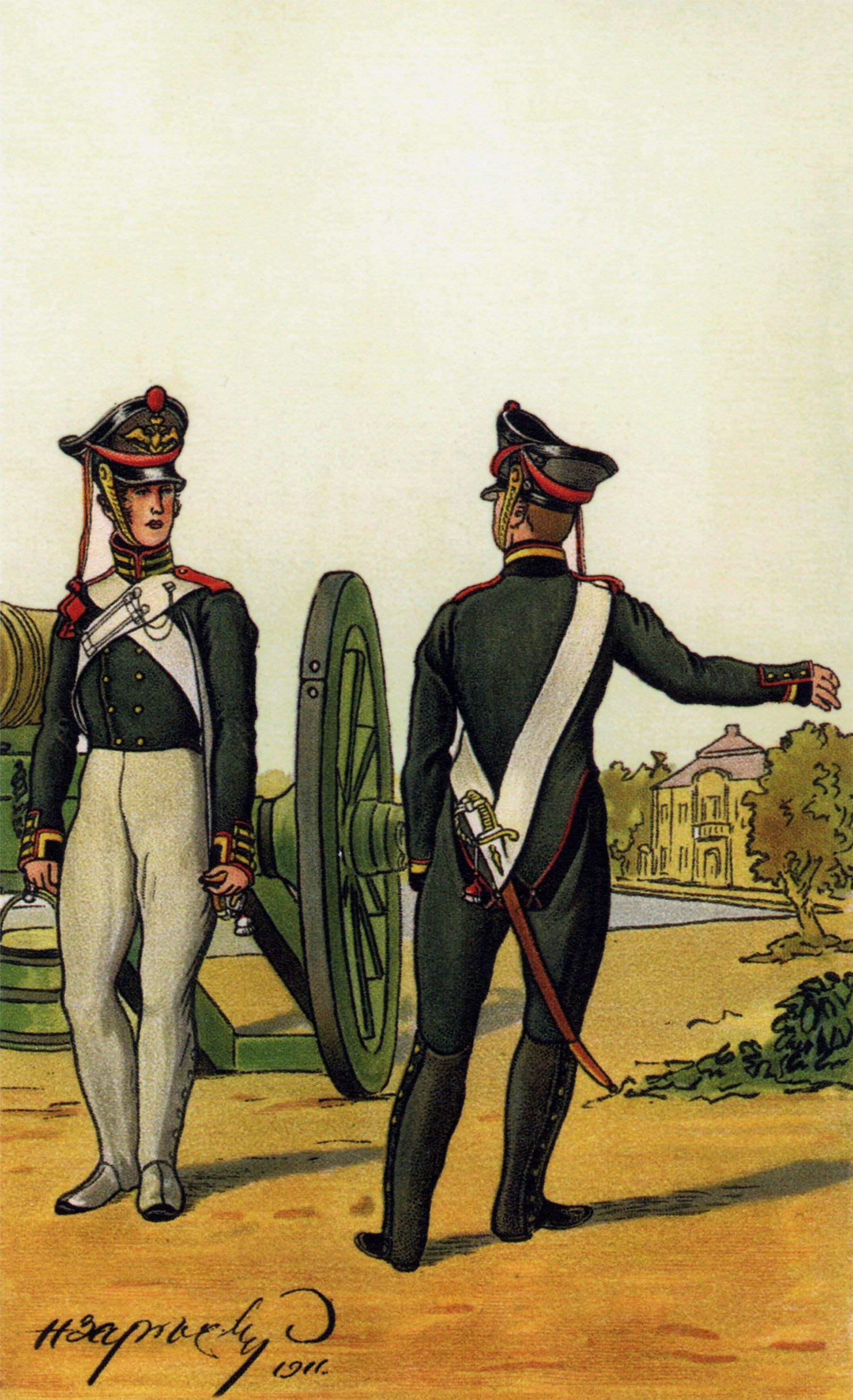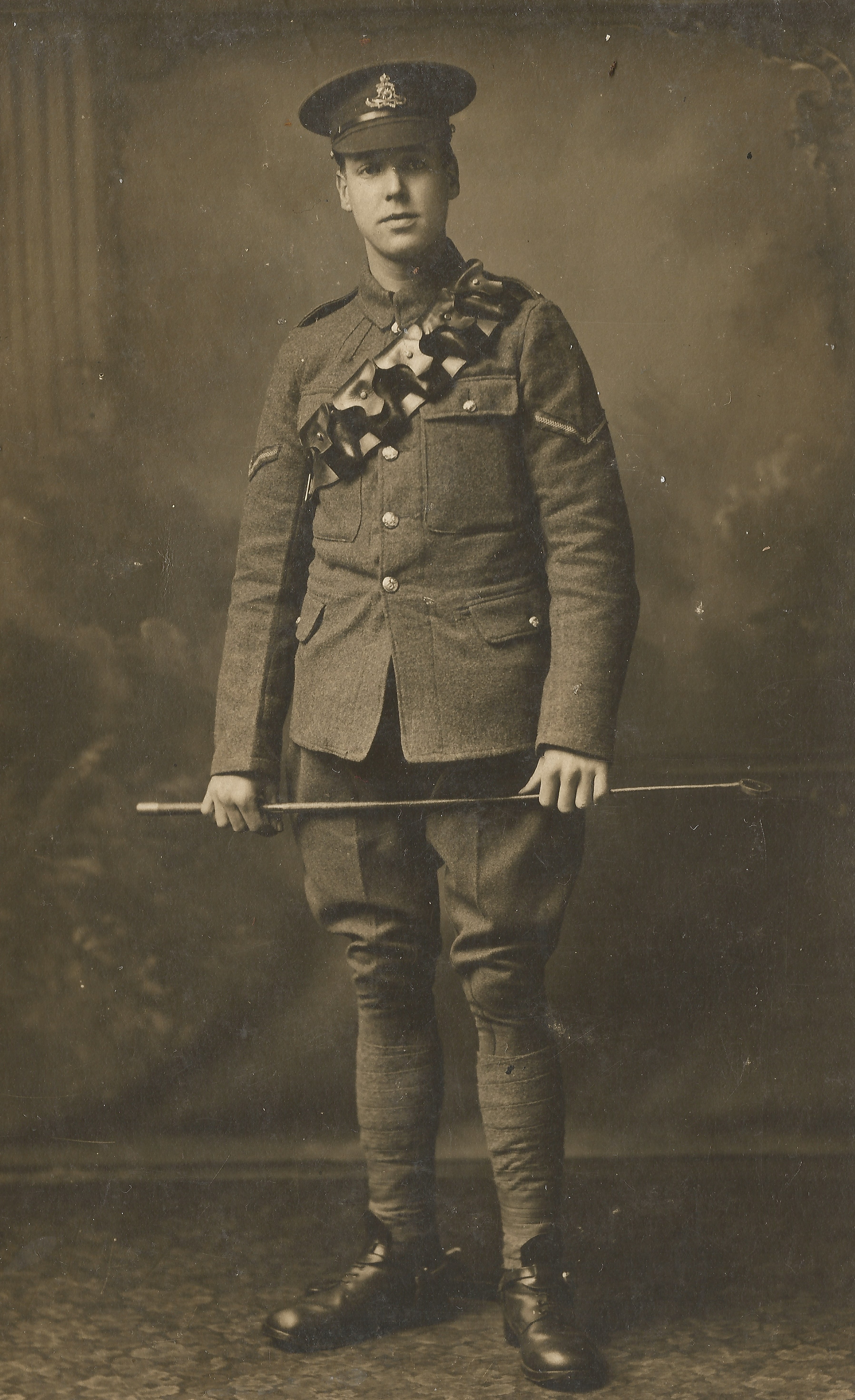Bombardier (rank) on:
[Wikipedia]
[Google]
[Amazon]
 Bombardier () is a military rank that has existed since the 16th century in artillery regiments of various armies, such as in the British Army and the
Bombardier () is a military rank that has existed since the 16th century in artillery regiments of various armies, such as in the British Army and the 
 Bombardier () is a military rank that has existed since the 16th century in artillery regiments of various armies, such as in the British Army and the
Bombardier () is a military rank that has existed since the 16th century in artillery regiments of various armies, such as in the British Army and the Prussian Army
The Royal Prussian Army (1701–1919, german: Königlich Preußische Armee) served as the army of the Kingdom of Prussia. It became vital to the development of Brandenburg-Prussia as a European power.
The Prussian Army had its roots in the co ...
. Traditionally the bombardier tended the vents at the top of breeches, handled the final assembly of ammunition and placed the ammunition in the muzzles for the gunners to fire. It is today equivalent to the rank of corporal in other branches. The rank of lance bombardier is the artillery counterpart of lance corporal.

Commonwealth armies
Bombardier (Bdr) and lance bombardier (LBdr or L/Bdr) are used by the British Army in the Royal Artillery and Royal Horse Artillery. The same applies to the Royal Australian Artillery, the Royal Regiment of New Zealand Artillery, theSouth African Army Artillery Formation
The South African Army Artillery Formation is the controlling entity of all South African Army artillery units. It draws much of its history from the South African Artillery, established in 1934 but with roots that reach back to 1921. The formati ...
and the Armed Forces of Malta. The Royal Regiment of Canadian Artillery
, colors = The guns of the RCA themselves
, colors_label = Colours
, march = * Slow march: "Royal Artillery Slow March"
* Quick march (dismounted parades): " British Grenadiers/The ...
uses the ranks of master bombardier and bombardier, corresponding to master corporal and corporal.
Originally, the Royal Artillery had corporals, but not lance corporals. Unlike a lance corporal, a bombardier, who was junior to a corporal, held full non-commissioned rank and not an acting appointment. The rank was equivalent to second corporal in the Royal Engineers and Army Ordnance Corps.
In 1920 corporals were abolished in the Royal Artillery; bombardiers became the equivalent and acquired the normal two chevrons.
The rank of lance bombardier originated as acting bombardier, an appointment similar to lance corporal and also indicated by a single chevron. The appointment was renamed lance bombardier in February 1918. It became a full rank, along with lance corporal, in 1961.
See also
* British Army other ranks rank insignia *List of comparative military ranks
This article is a list of various nations' armed forces ranking designations. Comparisons are made between the different systems used by nations to categorize the hierarchy of an armed force compared to another. Several of these lists mention ...
* Canadian Armed Forces ranks and insignia
References
External links
*{{Wikisource-inline, list= **{{Cite NIE, wstitle=Bombardier, year=1905, short=x , noicon=x **{{Cite EB1911, wstitle=Bombardier , short=x , noicon=x Military ranks of the Commonwealth Military ranks of Australia Military ranks of Canada Military ranks of the British Army Artillery speciality Royal Artillery Military ranks of Germany